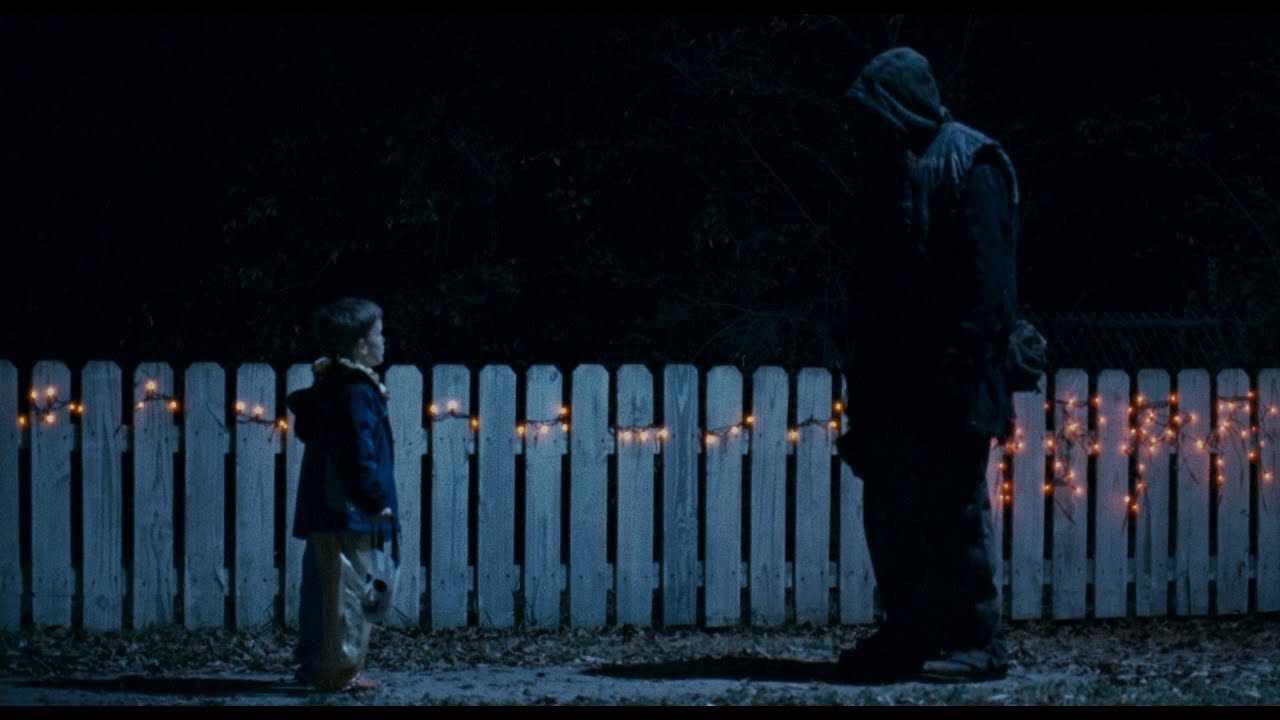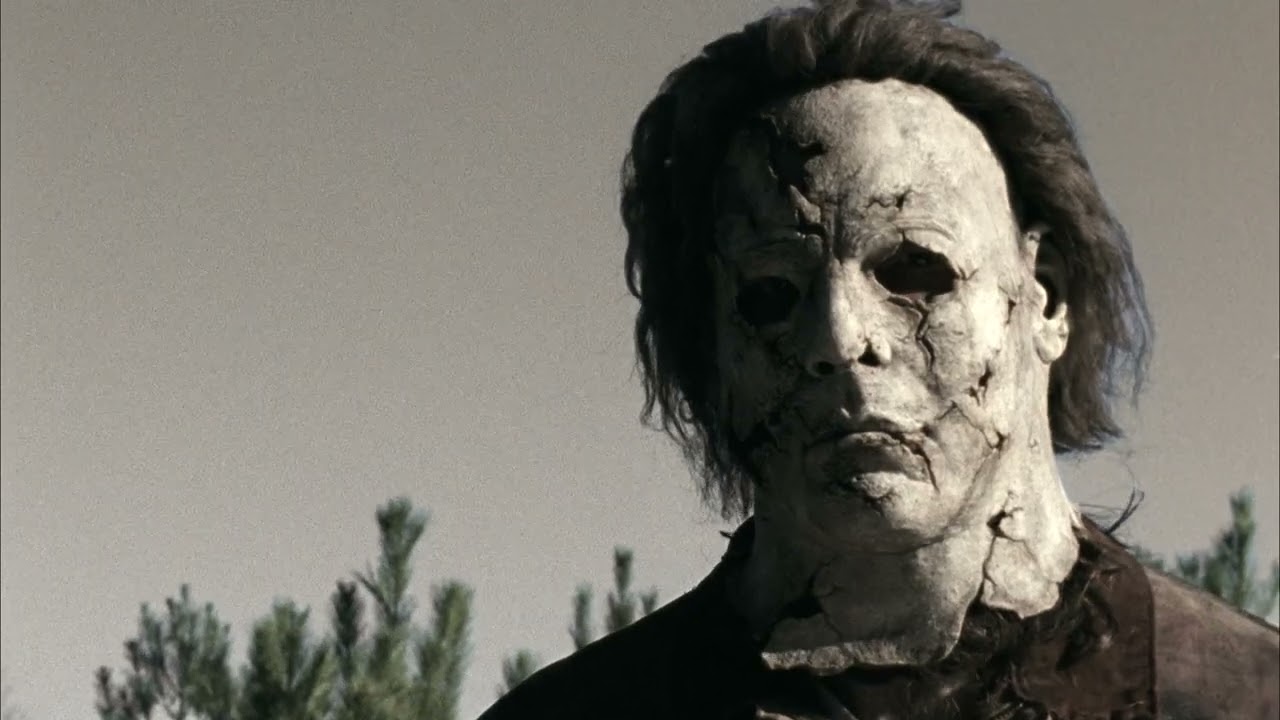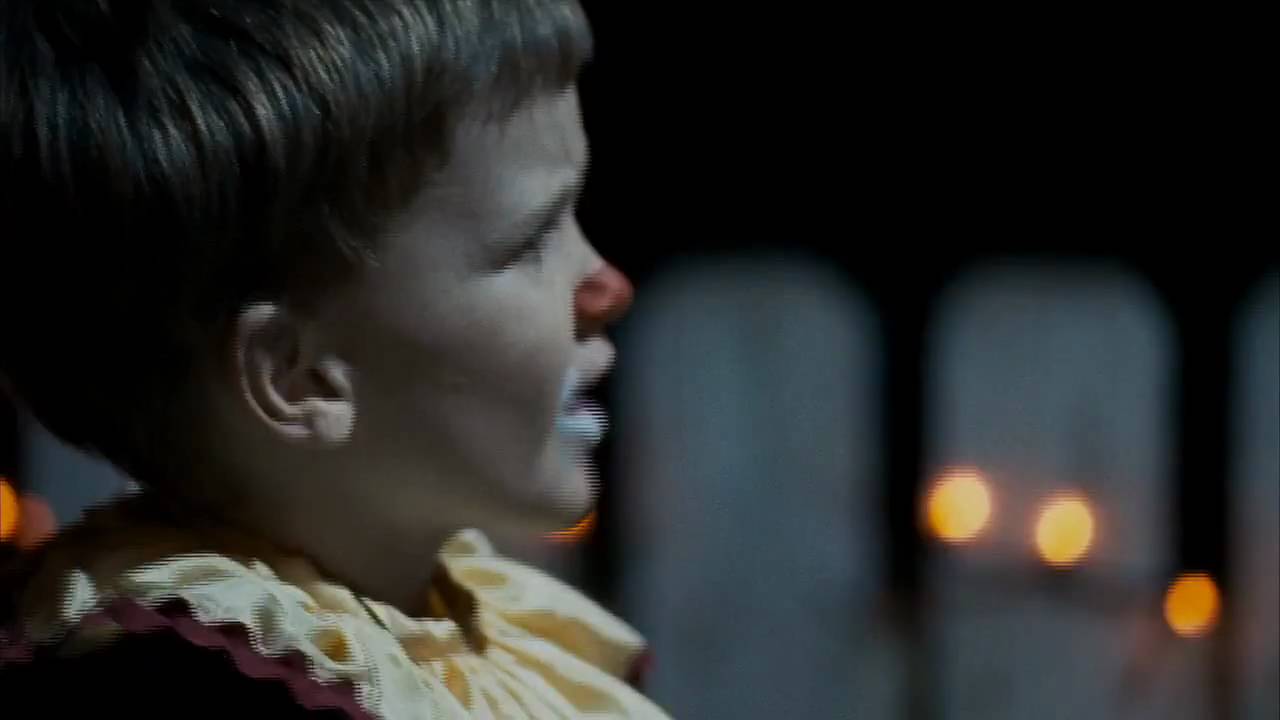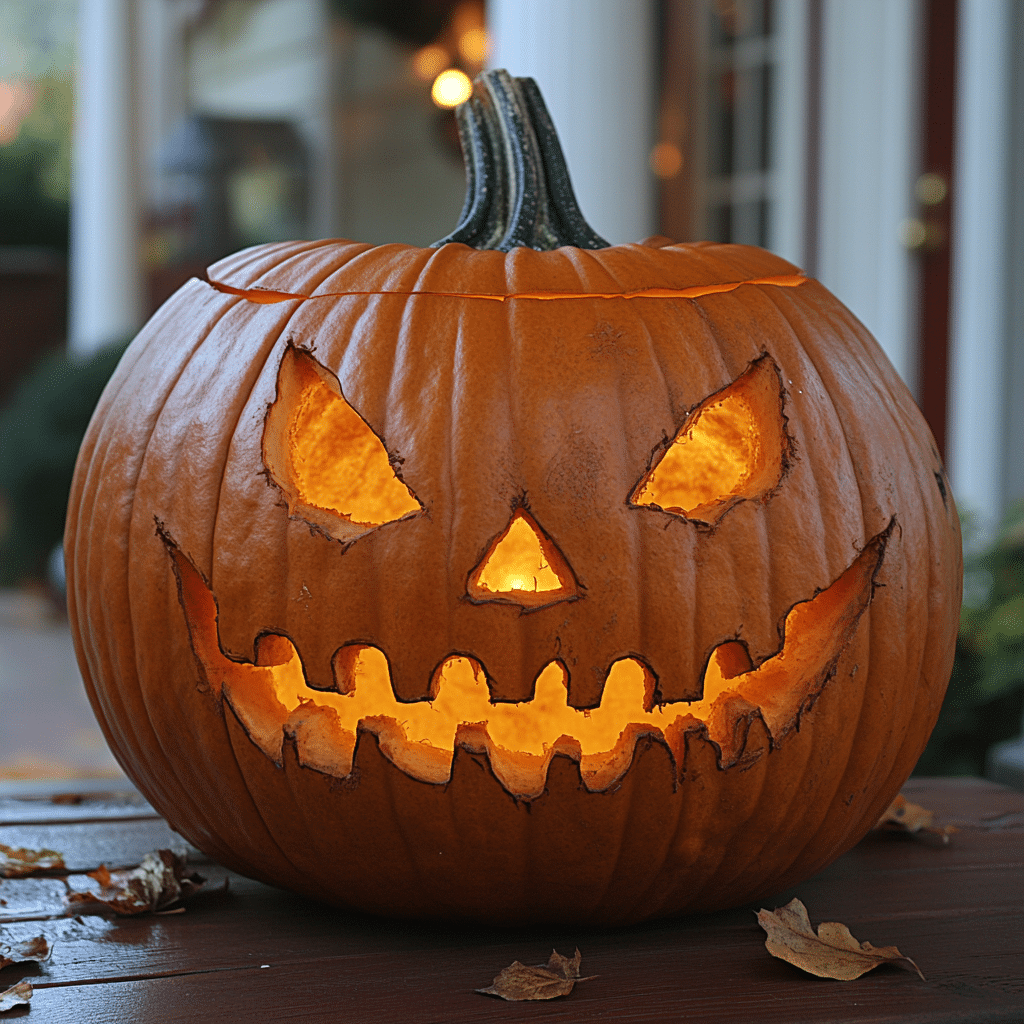
Halloween 2 2009 A Gripping Journey Into Darkness And Chaos
The 2009 film Halloween 2, directed by Rob Zombie, occupies a crucial spot within the expansive tapestry of the “Halloween” franchise. It serves as a sequel to Zombie’s 2007 reimagining of John Carpenter’s iconic 1978 horror flick. This follow-up dives deep into themes like trauma, identity, and revenge, delivering a bizarre yet compelling twist on familiar narratives. As the horror genre continuously shifts, so do the interpretations of its central figures, Michael Myers and Laurie Strode, making Halloween 2 a unique study in its historical context. Let’s explore seven key aspects that elevate Halloween 2 2009 into a haunting cinematic experience.
1. A Darker Psychological Landscape
Unlike earlier entries, such as Halloween 5 and Halloween 6, that often veered toward supernatural elements, Halloween 2 2009 plunges into the murky waters of psychological trauma. The film zeroes in on Laurie Strode’s emotional struggles following the catastrophic events of the first film. This isn’t just terror for terror’s sake; it’s about the painful aftermath of violence.
Laurie’s psyche reflects a storm of grief and anger, reshaping her identity in ways that make her fear almost a tangible entity. By intricately weaving her emotional turmoil into the narrative, the film distinguishes itself from its predecessors, offering viewers a complex character enduring extraordinarily burdensome psychological challenges.
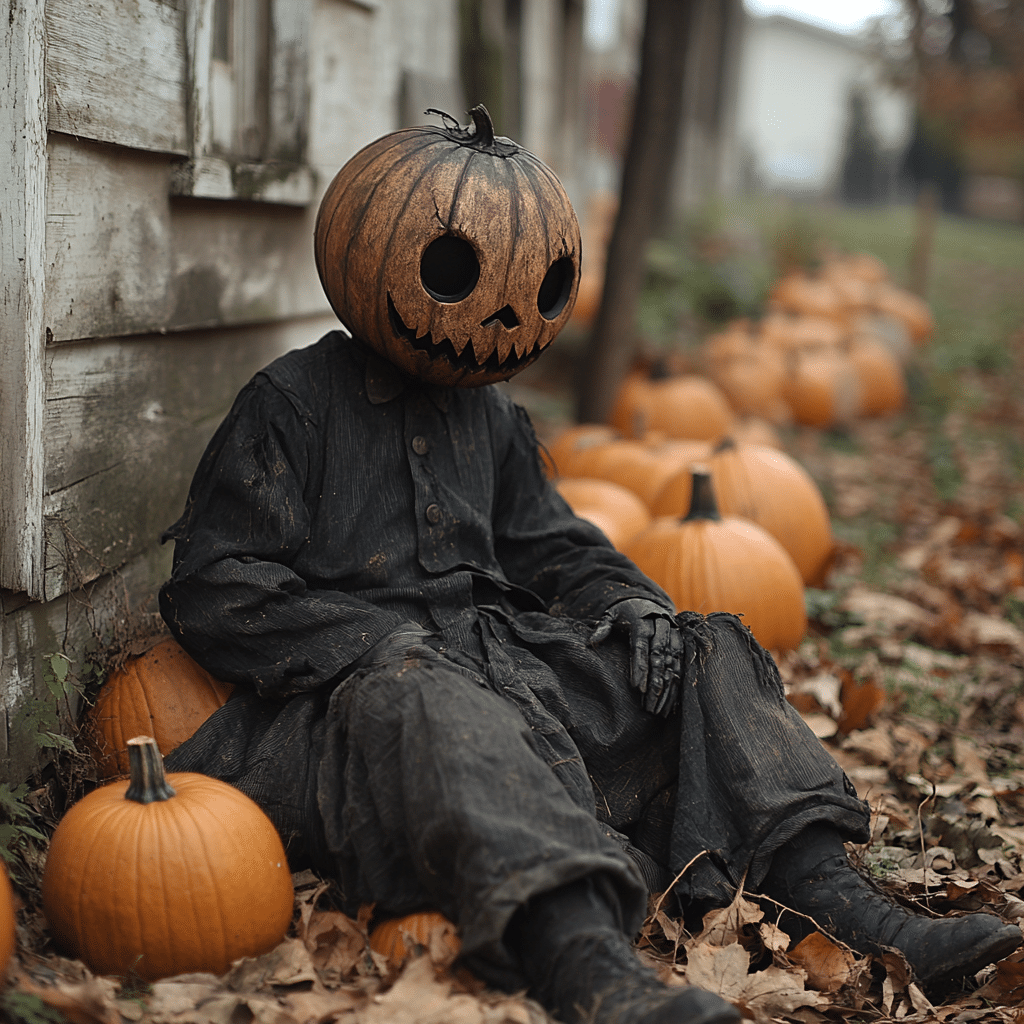
2. A Gritty Visual Style
Rob Zombie’s gritty aesthetic is unmistakable in Halloween 2 2009, which acts as a visceral narrative device. Utilizing raw visuals, the film captures a sense of disquiet through stark lighting and harrowing imagery that amplifies the despair surrounding its characters. In stark contrast to Halloween 4: The Return of Michael Myers, which employed a more conventional horror approach, Zombie’s infusion of raw emotion and visual discomfort adds depth to the chilling atmosphere.
The decision to portray Los Angeles in a grungy light enhances the film’s psychological landscape. This stylistic direction makes every murder feel personal while serving as a metaphor for the chaotic realities haunting its characters.
3. A Reimagined Michael Myers
Zombie’s take on Michael Myers is refreshingly innovative and complex. Instead of the archetypal slasher, Zombie paints a portrait of Myers as a tragic figure burdened by trauma and pain, revealing layers that were absent in Halloween 5’s more superhuman interpretation. By understanding Myers through the lens of his tragic backstory, the film invites viewers to sympathize with him, blurring the lines between protagonist and antagonist.
This duality makes Halloween 2 2009 much more engaging. Myers morphs into a character that evokes a paradox of terror and empathy, catalyzing conversations about the nature of evil and the human condition.
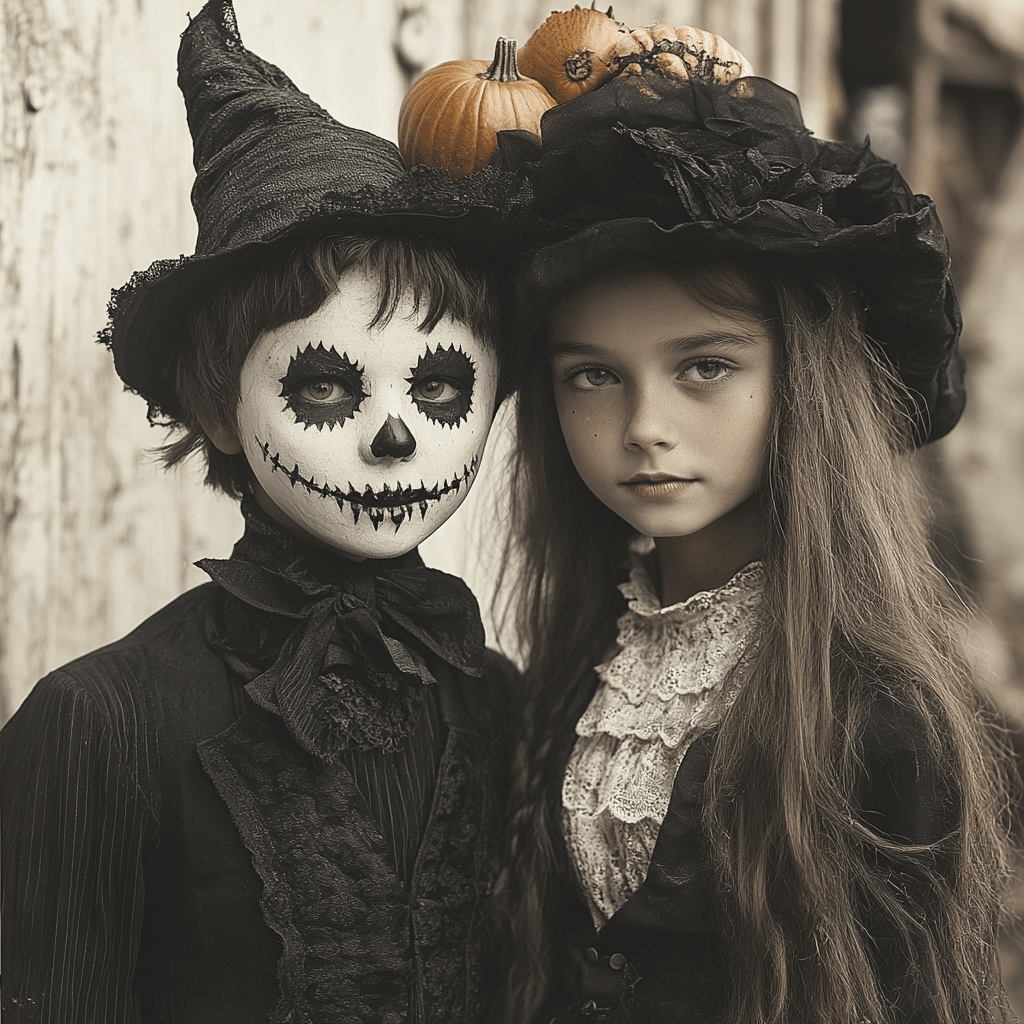
4. Laurie’s Transformation into a Survivor
The growth of Laurie Strode from victim to survivor is one of the film’s most compelling arcs. Unlike in previous iterations, she transforms into a resilient figure who stands her ground against past traumas. Her character evokes strength reminiscent of modern horror heroes, such as those in The Babadook.
Gone are the days of the damsel in distress; Laurie’s journey connects with contemporary audiences craving strong female leads. This shift in character illustrates a much-needed evolution in the genre, embracing narratives that frame trauma as part of the human experience rather than a defining characteristic.
5. Themes of Grief and Redemption
At its heart, Halloween 2 2009 is a profound exploration of grief and redemption. Its narrative is structured around the idea that characters must confront their pasts if they wish to move forward. Unlike Halloween 6, where themes scattered amid mystical chaos, Zombie drills down into the reality of emotional wreckage, grounding the horror in the characters’ pathways to healing.
This thematic focus reshapes the horror experience into something more poignant than mere entertainment. It encourages viewers to think deeply about the impacts of loss and the resilience often required for healing.
6. Sound Design and Musical Score
The auditory elements of Halloween 2 2009 play a significant role in creating its immersive atmosphere. Zombie himself composed the film’s score, layering sound design features that conjure a palpable sense of dread. This is a departure from Halloween 4: The Return of Michael Myers, which heavily relied on John Carpenter’s original themes.
The contemporary yet classic blend in the score amplifies anxiety, guiding viewers through the film’s psychological landscape. Each note adds to the unease, ensuring the tension remains thick as characters navigate their tumultuous emotions.
7. Reception and Legacy: A Mixed Bag
Despite facing its fair share of criticism upon release, Halloween 2 2009 has seen its reputation shift over time. At first, many longtime fans felt rattled by Zombie’s departure from the narrative norms established in earlier films like Halloween 6. However, the film has cultivated a solid cult following, with viewers embracing its unapologetic boldness and character-focused storytelling.
As changes in the horror landscape continue to emerge, Halloween 2 2009 stands as a typical emblem of horror’s evolution. It underscores how the genre can foster deep reflections on the human experience while still delivering thrills to audiences.
Through these lenses, Halloween 2 2009 isn’t just a mere sequel; it’s a transformative piece that redefines the horror genre through its complex portrayals of psychological upheaval, emotional depth, and stylistic innovation. This installment not only captures the chaotic essence of survival but also raises necessary questions about identity and trauma within the context of horror cinema. As we revisit this film amidst current cinematic strides, understanding its role becomes crucial for any true horror aficionado.
Halloween 2 2009: A Gripping Journey Into Darkness and Chaos
Behind the Scenes and Fun Facts
Did you know that “Halloween 2” (2009) isn’t just a sequel to the original film but also carries a unique vision from director Rob Zombie? He aimed to explore more profound themes of trauma and darkness—much like what fans have seen in the gritty visuals of the subgenre often dubbed Horrorporn, a term that’s sparked debate and intrigue in horror circles. This film feels like a rollercoaster ride through a nightmare, diving headlong into the chaos of Michael Myers’ psyche.
Fans of the franchise were in for a treat when, in a twist of irony, this installment touches on heavy themes of grief and loss. To be specific, it showcases Michael’s sister Laurie struggling with the aftermath of their dysfunctional family. Discussing emotional stakes, families in Tucson searching for healing often look for resources like grief counseling tucson, which can make a real difference in their recovery journey. Just like Laurie, many face their own monsters—though maybe not as terrifying as Michael!
Trivia That Might Blow Your Mind
To elevate the film’s unnerving aesthetics, Zombie used a lot of real-world influences that may surprise fans. Did you catch glimpses of iconic performances in the cast, which included actors like Scout Taylor-Compton? Her portrayal melds raw emotion with horror, much like Montana fishburne did in her roles, pushing boundaries in different genres. Fans of Zac Efron might also enjoy seeing how evolving career paths remind them of the changes he’s undergone, like in Zac Efron before And after.
And speaking of changes, “Halloween 2” also saw significant budget differences compared to its predecessor. Filmmakers often track shifts in budget through tools like a historical mortgage rates chart—because, let’s face it; making a movie can get pricey! Not just due to production costs but also, like in sports, where strategic lineups matter, the cast worked hard to nail their characters, similar to the insights found in matchups like the Colombia national football team Vs Uruguay national football team Lineups.
In summary, “Halloween 2 2009” is more than just a sequel to a beloved horror classic. It offers a deconstruction of grief, identity, and chaos that resonates deeply. Just as audiences dive into the storytelling, they might find connections that extend from horror fandom to deeper life experiences, making it a movie worth rewatching, especially for those who appreciate the collision of darkness and human emotion—no need to shy away from those eerie thrills!
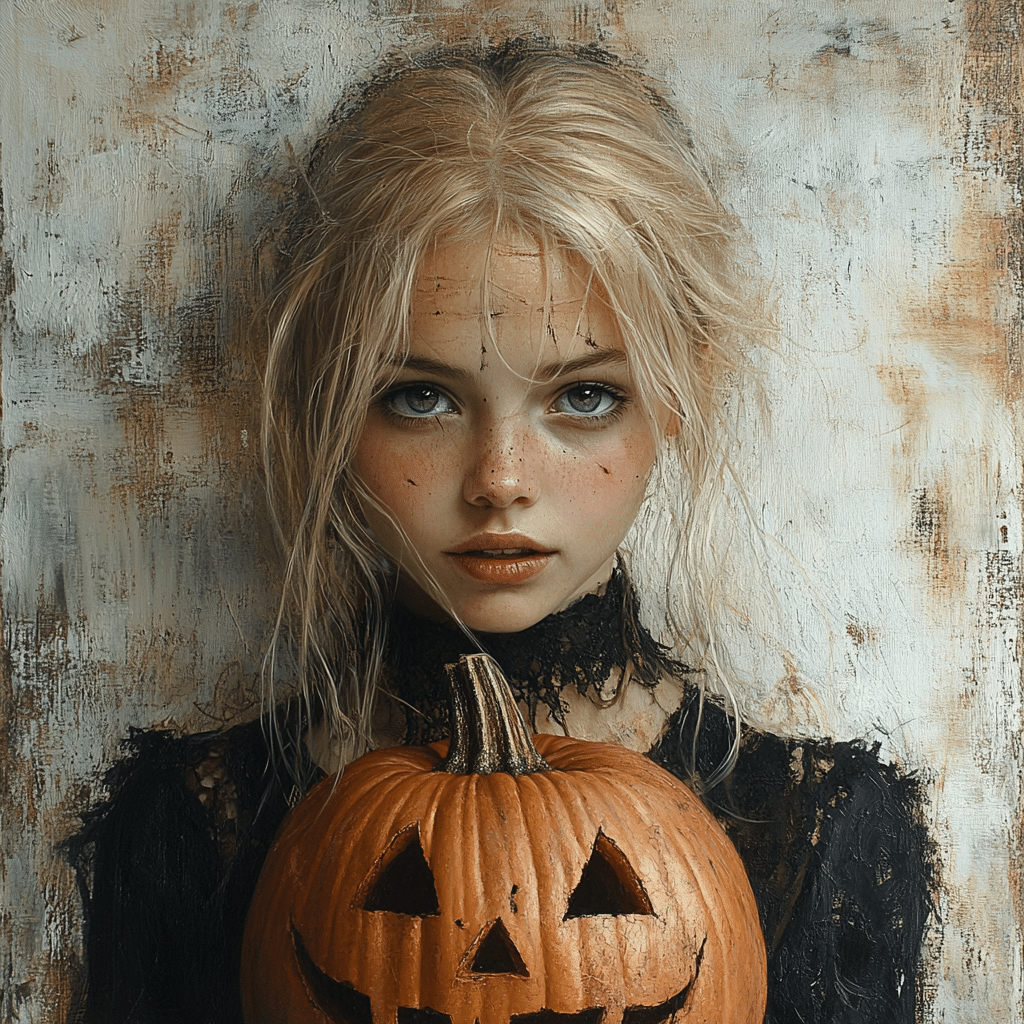
Why is Halloween 2 2009 different?
Halloween II (2009) stands apart from its predecessor because Rob Zombie aimed to delve deeper into the psychological connection between Strode and Myers. He wanted to make the sequel more realistic and violent, showing how the trauma from the first film impacted the characters.
Why did they change Michael in Halloween 2?
In Halloween II, Michael Myers was changed to emphasize a shared psychological struggle with Laurie Strode, highlighting their similar emotional scars. Zombie’s intent was to create a more layered narrative that explored these characters’ connections through their violent pasts.
How old is Michael Myers in Halloween 2 2009?
In Halloween II, Michael Myers is 28 years old, picking up a year after the events of the 2007 reboot. This aging reflects his continuous physical and psychological evolution as he confronts the aftermath of his rampage.
What does the white horse mean in Halloween 2?
The white horse symbolizes instinct, purity, and the unleashing of powerful emotions like rage and chaos. It represents the driving forces behind the characters’ actions, particularly in connection to Michael’s struggles and the turmoil of those around him.
What happened to Laurie at the end of Halloween 2 2009?
At the end of Halloween II, Laurie Strode is devastated after facing Michael once more, resulting in a deeply traumatic encounter that leaves her grappling with her identity and the consequences of survival.
Was Halloween 2 supposed to be the end?
Halloween II wasn’t originally planned as the end, but it does carry a sense of finality. Zombie constructed the film to wrap up certain storylines while allowing space for potential future explorations if the opportunity arose.
Who killed Michael Myers in Halloween 2?
In Halloween II, Michael Myers is killed by Laurie Strode in a climactic showdown. This moment serves as a significant turning point for her character, reflecting the cycle of trauma and violence that binds them.
Why did they use a different kid in Halloween 2?
A different kid was used in Halloween II because the original performer had grown too much to reprise the role of young Myers. The decision was made to maintain the character’s continuity while accommodating the young actor’s change in age.
Why wasn t Michael in Halloween 3?
Michael Myers doesn’t appear in Halloween III because it was an intentional departure from the original series, focusing instead on an anthology format meant to tell different horror stories unrelated to the Myers character.
Why doesn’t Michael Myers talk?
Michael Myers doesn’t talk to enhance his enigmatic and terrifying presence. His silence adds to the horror, making him seem even more otherworldly and unpredictable, as he embodies pure evil without the need for words.
Why did Michael Myers start killing?
Michael Myers started killing due to a combination of psychological trauma and a deeply rooted sense of rage. In the 2007 reboot, his abusive childhood experiences contributed to his violent urges, setting him on a path of destruction.
Why did Michael Myers cry in Halloween 5?
In Halloween 5, Michael Myers is shown to cry, which can be interpreted as a glimpse of his humanity. This moment suggests an emotional depth that contrasts sharply with his otherwise cold and violent nature.
Did Jimmy survive Halloween 2?
Jimmy’s fate in Halloween 2 is left ambiguous; he gets injured and disappears after the attack. The film doesn’t provide a clear answer, leaving fans to speculate about his survival following the harrowing events.
What does the H in Halloween stand for?
The “H” in Halloween doesn’t stand for anything specific; it simply represents the holiday itself. The title captures the essence of the iconic night associated with fear and horror.
Why is he called the shape in Halloween?
Michael Myers is referred to as “The Shape” in Halloween to emphasize his role as an embodiment of pure evil. This title highlights his instinctual and relentless pursuit of his victims, making him more of a supernatural force than a typical human adversary.





